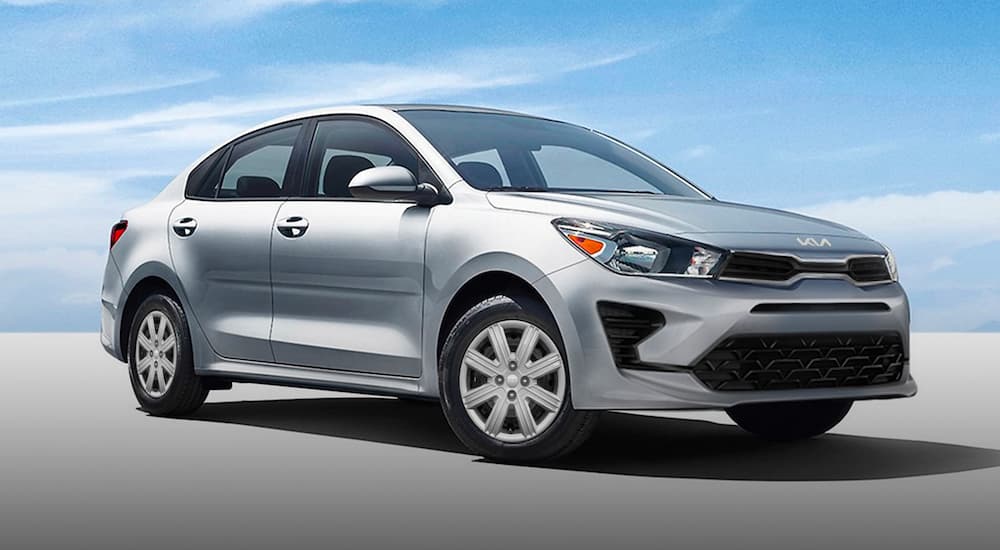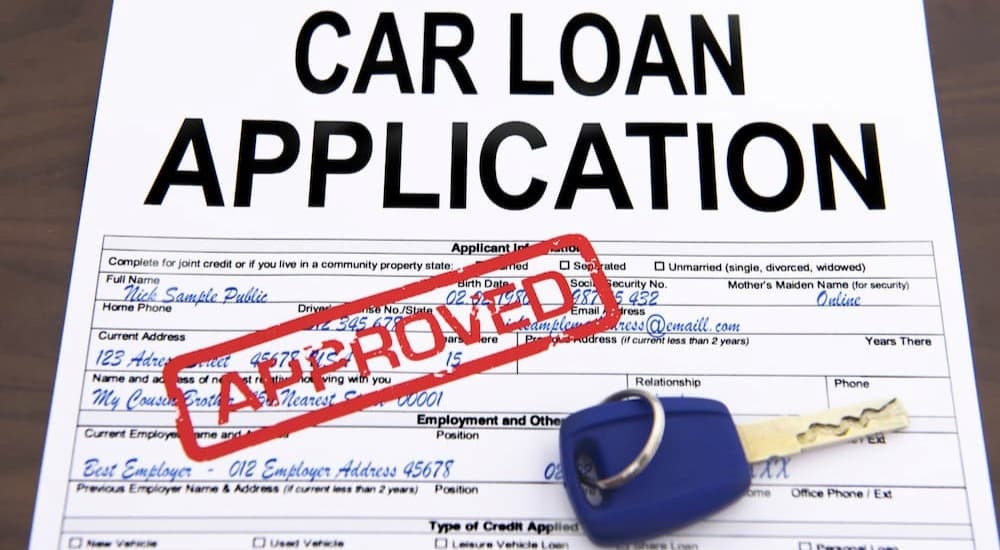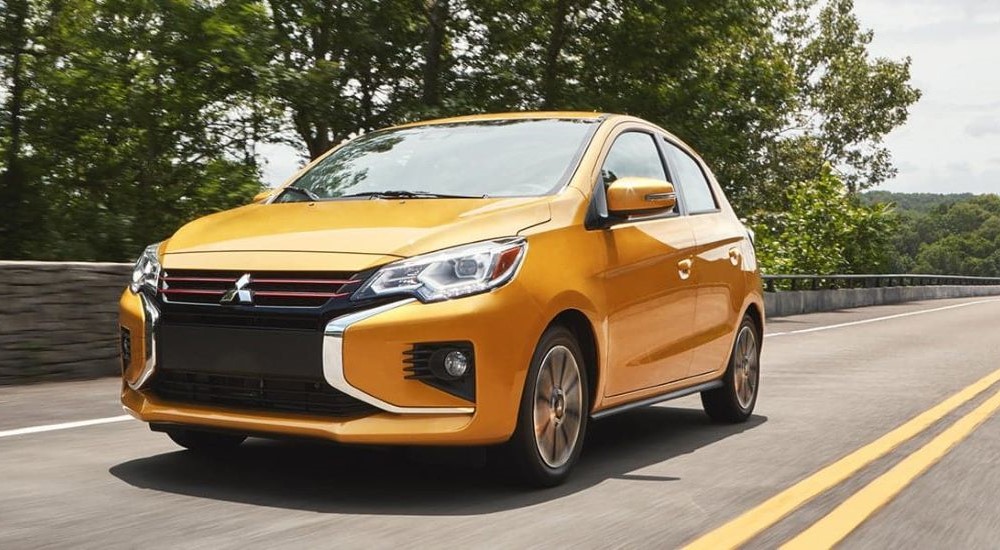Shopping for a car involves juggling a lot of different things all at once and trying to keep it all organized in hopes that you get a vehicle that you’ll enjoy and that you can depend on for many years to come. There are different ways to approach this whole process, but it helps to figure out financing, or at least what kind of financing you’ll need, at the very beginning. The types of vehicles that you should consider are pretty different depending on whether you’re looking at leasing a new model compared to what you might focus on if you need a subprime auto loan.
There are many different reasons people end up needing a subprime car loan when shopping for a vehicle, but it all comes down to what your credit score looks like. The most important thing when it comes to financing—this is true regardless of credit score—is understanding everything going on. Don’t sign anything unless you’re certain that you know what you’ll need to pay overall, how often you need to make payments, what those payments are, and how long you’ll be making them. Beyond that, it’s important to know what you’re getting into with a subprime loan and to choose a vehicle that fits your budget.

Does Subprime Status Affect Loan Size?
If you’re wondering, “What kind of car can I afford with a subprime auto loan?” then you’ve fallen into a bit of a common trap. A lot of people think that their credit score, which determines many aspects of the kinds of auto loans they can receive, has a direct impact on how much they might be able to borrow. In reality, however, your credit score doesn’t necessarily affect the amount of money that you can borrow for your next vehicle.
First, let’s get into what we’re talking about with a subprime car loan. Your credit score is based on numerous factors, though the biggest ones are how good you’ve been about making payments on debt or loans on-time and how much debt you have compared to your income. Other factors like your total income or how many credit cards you have don’t directly affect your credit score—though your number of cards can indirectly affect it because your total available credit does impact your score. Someone can make $100,000 a year and have a lower credit score than someone who makes $50,000 a year if that first person has defaulted on numerous loans, has massive debt, and has little in the way of long-term credit history.
When you apply for a car loan, one of the most important factors is your credit score, but that’s not all that matters. If you have a low credit score, then you’re looking at subprime loans, which means you’ll have limited options for lenders, and you can expect higher interest rates. Subprime usually means you have a credit score between 501 and 600, while deep subprime indicates a score below 500. But this doesn’t directly affect how much a lender will be willing to offer you; that’s typically based on your income and your expenses.
Understanding How Much Car You Can Afford
Most financial experts will give you one piece of basic advice: create a budget for what you can afford and stick to it. This is true for pretty much every aspect of your financial life, but it’s especially true for big purchases like a house or a car. The most important thing is to understand what you can realistically afford when you’re shopping for a vehicle and then stick to cars that fall into that category. This is important for you when you’re figuring out your budget, and it can help you determine how much you’ll likely be able to borrow.
First, you need to know how much income you have: the average subprime borrower a couple of years ago made about $68,000 per year, according to a CNBC article, so we’ll use that for illustration purposes. A lot of financing experts suggest that you budget about 50% of your income for things you need, with about 10%-15% of your take-home income going to transportation. Let’s say you live in New Hampshire, making $68k per year, you’ll take home about $55k each year after taxes, or around $4,600 per month. With this in mind, someone bringing this much home should spend no more than $690 each month on transportation.
Here’s the important part: that includes all of your transportation costs, not just your car payment. So someone making $55k per year take-home should spend up to $690 each month on their car payment, insurance, gas, and upkeep expenses. Let’s say you want to estimate $190 each month for gas and insurance, and hope for the best on the need for repairs—your car payment shouldn’t be more than $500 each month. That’s the very highest it should be.

How Much Will a Lender Offer You?
That’s figuring out what you should budget for; what a lender cares about is what they think you can actually afford. Affordable doesn’t have to mean cheap; it all depends on what you earn and what your expenses look like. Lenders look at two things: your payment-to-income ratio (PTI) and your debt-to-income ratio (DTI). PTI is estimated car payment and insurance (basically those transportation expenses we talked about) divided by your income—it’s like the budgeting we looked at only in reverse. Your DTI is your current monthly loan and debt obligations (credit card bills, student loans, etc.) and projected expenses for a vehicle divided by your gross income.
These numbers essentially need to work out to nothing larger than those maximums we talked about earlier: lenders want to see a PTI under 15% and a DTI under 50%, or they’re probably not going to offer you a loan. In other words, using the above examples, if someone with that kind of income wanted a vehicle that would put their monthly transportation expenses over the $690 mark or their monthly necessities beyond 50% of their gross income, then a lender is not very likely to approve a loan for that vehicle. They basically want to see that you’re trying to get a loan that you can realistically pay back.

Types of Cars to Focus on When Shopping
Now that we’ve got all of this sorted, what does it mean if you’re looking at subprime loans? It means you need to look at vehicles that you can actually budget for and afford because that’s what lenders care about more than anything else. If you have a low credit score and need a subprime loan, then you might be dealing with 12% interest, while someone with good credit only has 6% interest on a similar loan, but the actual amount depends much more on how much you earn and what your current expenses look like.
The best way to secure a loan is to try to buy a vehicle that you can realistically afford. This is why used vehicles are so popular when you’re dealing with subprime loans—they’re priced lower and more-easily fit into a wide range of budgets. That doesn’t mean new vehicles are outside the realm of possibility, but it all depends on how much you earn. If you need to keep your monthly costs low, but you want a new vehicle, then look at options like the Mitsubishi Mirage, Kia Rio, or Hyundai Accent; these are some of the most affordable new options out there and great choices for keeping your expenses down.
Making the Best of Your Situation
I know this is a lot of information, but it isn’t as difficult as it might initially appear; it all comes down to what you know and how to use it. Figure out your credit score so you know what you’re dealing with, and then determine your yearly and monthly earnings and your current monthly expenses. This will help you create a realistic budget, including how much you should be spending on a vehicle—since lenders go off the same kind of information, it can help you determine the size of the loan you’re most likely to be approved for. This can simplify the process significantly and sets you up to get a great vehicle that you can afford and enjoy for years to come without worrying about any sleepless nights.



